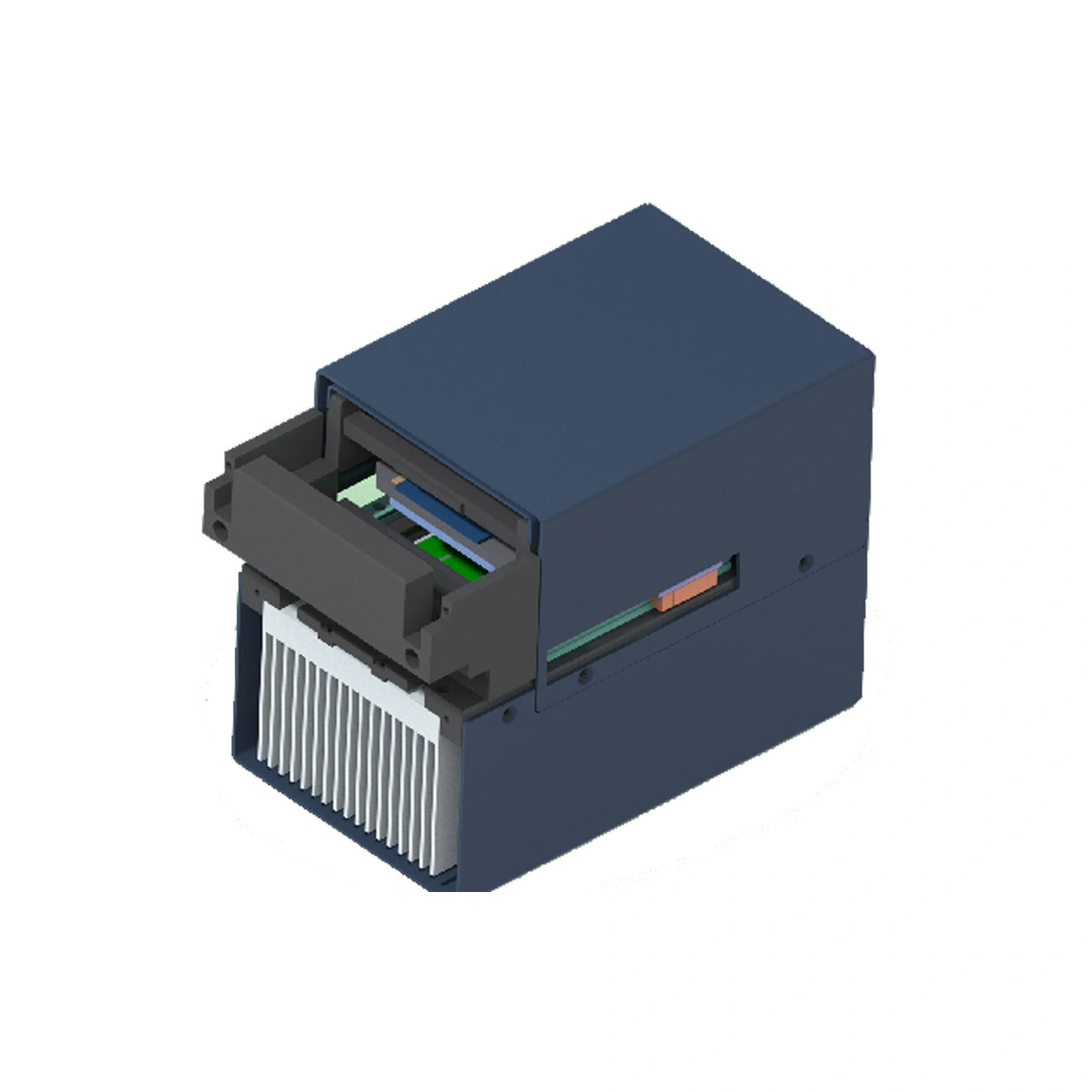Feline respiratory infections are a common ailment in cats, leading to discomfort, severe respiratory symptoms, and even potential deadly outcomes. These infections can be caused by a variety of pathogens, including viruses, bacteria, and parasites. Identifying the specific causative agent is crucial for effective treatment. In recent years, the introduction of Feline Respiratory PCR Panels has revolutionized the diagnostic process, enabling veterinarians to pinpoint the exact pathogens responsible for the infection. In this blog, we will delve into the importance of Feline Respiratory PCR Panels and how they aid in unraveling the mysteries behind these infections.
Understanding Feline Respiratory Infections
Feline respiratory infections encompass a range of respiratory diseases, such as feline viral rhinotracheitis, feline calicivirus, and feline pneumonia. These infections are highly contagious and often spread in environments with a high concentration of cats, such as animal shelters or catteries. Cats affected by respiratory infections commonly present with symptoms like sneezing, nasal discharge, coughing, and difficulty breathing. If left untreated, these infections can progress to severe pneumonia, leading to complications or even death.
The Power of Feline Respiratory PCR Panels
Traditionally, diagnosing feline respiratory infections relied on various testing methods, often resulting in delays and inconclusive results. However, with the advancement of technology, Feline Respiratory PCR Panels have emerged as a game-changer in the veterinary field. This diagnostic tool allows veterinarians to simultaneously detect and differentiate multiple pathogens responsible for the infection.
A Feline Respiratory PCR Panel is designed to identify common viral and bacterial pathogens that cause respiratory infections in cats. By using a small sample, typically obtained by swabbing the cat's nasal or oral cavities, the PCR panel can detect the presence of DNA or RNA from specific pathogens. This quick and accurate method significantly reduces the time required for accurate diagnosis and allows for targeted treatment strategies.
Benefits of Feline Respiratory PCR Panels
The advantages of utilizing Feline Respiratory PCR Panels are numerous. Firstly, these panels offer a comprehensive screening of potential pathogens within a single test, saving valuable time and resources. Instead of performing multiple tests for each potential pathogen, a PCR panel provides a comprehensive overview, ensuring the cat receives appropriate treatment promptly.
Additionally, Feline Respiratory PCR Panels allow for early detection of respiratory infections, even before clinical symptoms manifest. This early detection is crucial in preventing the spread of infections among feline populations and initiating appropriate quarantine protocols.
Moreover, accurate identification of the causative pathogen allows veterinarians to tailor treatment plans more effectively. Different pathogens may require specific medications or treatment protocols, and with the help of PCR panels, veterinarians can ensure targeted therapy, leading to improved patient outcomes.
Future Possibilities and Conclusion
As technology continues to advance, Feline Respiratory PCR Panels are likely to become even more valuable in the detection and management of feline respiratory infections. These panels may be further expanded to include additional pathogens, enhancing their diagnostic potential and ensuring comprehensive coverage. Additionally, ongoing research and development in this area may open doors for the creation of vaccines or targeted treatments against specific pathogens, further improving feline health.
In conclusion, Feline Respiratory PCR Panels are a revolutionary tool in the diagnosis and management of feline respiratory infections. Their ability to accurately detect and differentiate multiple pathogens offers numerous benefits to veterinarians, leading to better patient care and more targeted treatment strategies. By leveraging this cutting-edge technology, veterinarians can unravel the mysteries behind these infections and ultimately ensure the health and well-being of our feline companions.


![[4221]Horse Miscarriage Salmonella Ag (HMS Ag) [4221]Horse Miscarriage Salmonella Ag (HMS Ag)](/uploads/image/20250113/11/Horse-Miscarriage-Salmonella-Ag-HMS-Ag-Rapid-Test-Kit.webp)
![[4022]Canine Relaxin (cRLN) [4022]Canine Relaxin (cRLN)](/uploads/image/20250112/13/Canine-Relaxin-cRLN-Rapid-Test-Kit.webp)
